Apple is selling its new iMac in both a standalone version and a VESA-compatible variant, meaning users who want to use their own mounts should ensure they select the right model.
The Cupertino tech giant on Tuesday announced a brand-new 24-inch iMac refresh equipped with an M1 chip, significantly updated audio and video capabilities, and a host of other features.
As with previous iMac models, the standard version of the iMac comes with a built-in stand for users wanting a simple desk setup. However, users who want to use their own mounting system should take care not to purchase the model with a stand.
Instead, Apple has a 24-inch iMac with a built-in VESA mount adapter. With a standard four-screw mount on the rear, users can install the VESA variant on a variety of arms or brackets.
The VESA-compatible iMac is available in the same configurations as the standard model. All VESA configurations are also priced the same as their stand-equipped counterparts.
Additionally, users should note that the entry-level 24-inch iMac only comes in Blue, Green, Pink, and Silver. The higher-priced tiers are available in the other colors, Yellow, Orange, and Purple.
Other model differences include the lack of two additional USB-C ports on the cheapest iMac. That model is only equipped with two Thunderbolt 3 ports, whereas the more expensive variants have an additional pair of USB-C ports.
 Mike Peterson
Mike Peterson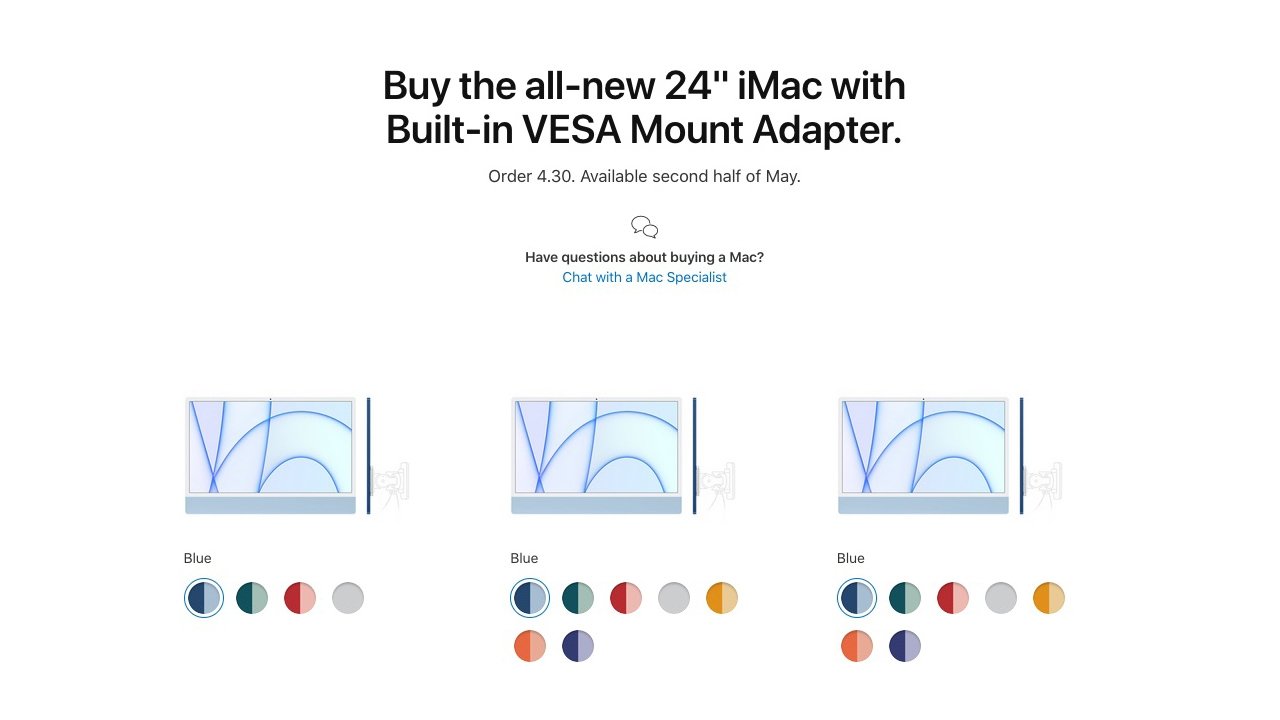








 Christine McKee
Christine McKee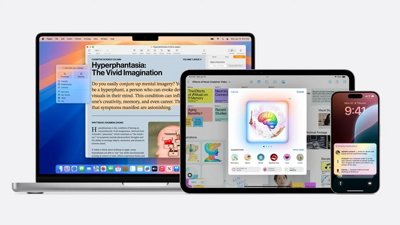
 Malcolm Owen
Malcolm Owen
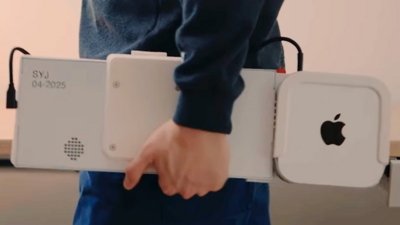
 William Gallagher
William Gallagher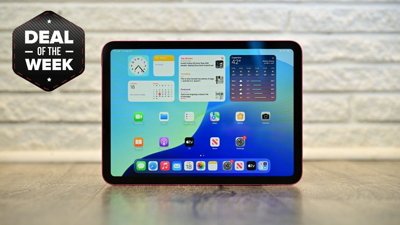
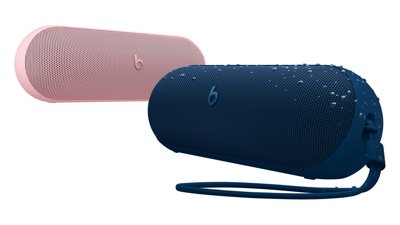

 Mike Wuerthele
Mike Wuerthele
 Andrew Orr
Andrew Orr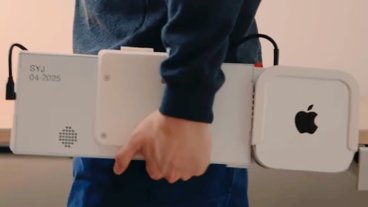



-m.jpg)


14 Comments
Now, that's good news for the future bigger brother.
The 13: MacBook Air, 13" Mac Book Pro and 2020 Mac mini had the same M1 chip being touted now for a new iMac and the new 11" and 12.9" iPads. The same apparent limitations are also carried over of a max memory of 16GB and a max SSD capacity of 2TB in all of these devices. The 16GB memory restriction prevents the Mac mini use as a file server and there are many photo management programs that could use even 64GB of Ram to be more effective. The iPad performance gains were compared back to the first iPad. Really not that much better performance than the last years iPad except for the 2TB of storage. The big losers were the customers and their wallets. Not any of the M1 equipment has any user serviceable parts other than the choice of a trash can to dispose of it. A price comparison of the 13" MacBook Pro M1 loaded with max memory and SSD against the 12.9" iPad loaded with max memory, 5G and 2TB storage shows the iPad $100 more expensive than the laptop.
Judging from tests and reviews 16gb ram will be sufficient for a significant number of the typical users of the previous models and M1/16gb have extended that user base quite a bit. Thus, it would be easy to agree that they have hit bullseye with these entry models.
For my usage both Mac mini and MacBook Air/Pro suddenly became highly relevant, although 2 ports will be on the short side.
I believe the focus on 16gb RAM limit is exaggerated if comparing with the intel models, and both synthetic and "pro" application performance tests seems to prove that.
I´m sure there will be plenty of "pro" models covering pro needs when M1 has uncovered any flaws with M1 or macOS.
Pricing and costs? It's Apple. You got to live with it. Or not.
If I get a VESA mount that supports 90 degree rotation into portrait mode, will macOS on this iMac let me rotate the screen? Or will it detect the rotation and auto-rotate?